Class 10 Civics Chapter 3 Notes - Gender, Religion and Caste
| Table of contents |

|
| Introduction |

|
| Gender and Politics |

|
| Religion, Communalism, and Politics |

|
| Caste and Politics |

|
| Caste Inequality Today |

|
Introduction
In a vibrant democracy like India, social diversity is not merely a characteristic—it's a fundamental principle of the nation’s identity.
Far from threatening democratic values, the expression of social differences can enrich political discourse and strengthen democratic institutions. 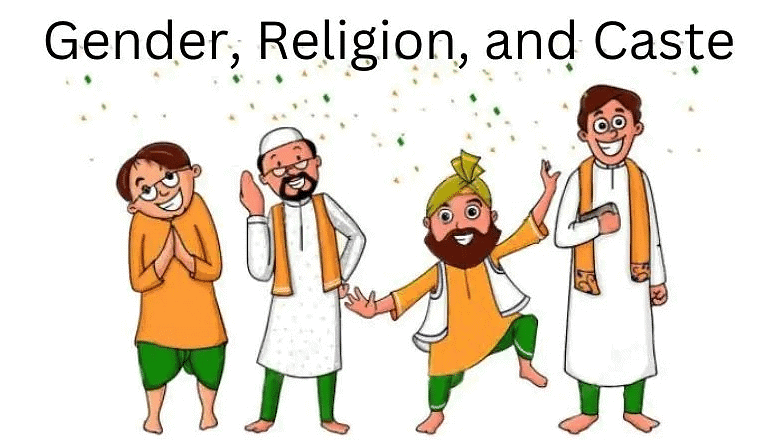 We look at three kinds of social differences - gender, religion, and caste that significantly shape the Indian socio-political landscape.
We look at three kinds of social differences - gender, religion, and caste that significantly shape the Indian socio-political landscape.
We also ask whether different expressions based on these differences are healthy or otherwise in a democracy.
Gender and Politics
Gender division is a social division prevalent in society, often overlooked in political studies. It is commonly perceived as natural and unchangeable, although it is rooted in social expectations and stereotypes rather than biology.
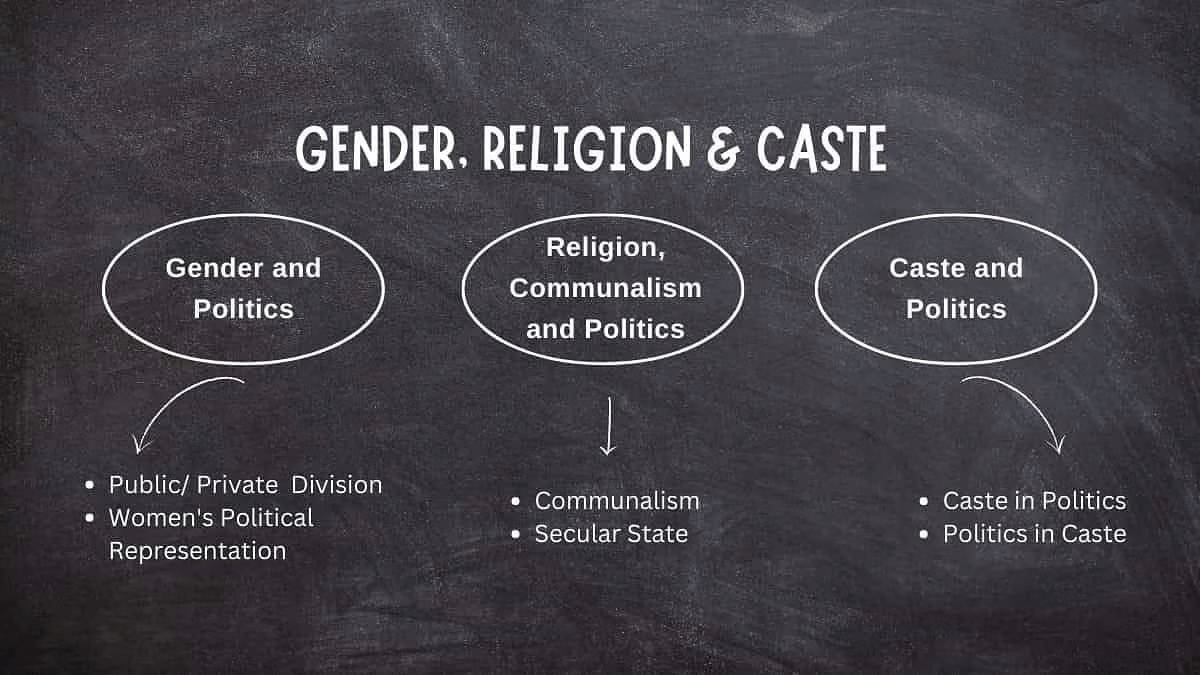
Public/Private Division
Gender Roles and Division of Labor: Boys and girls are socialized to believe that women's primary responsibilities are household chores and child-rearing. While men can perform these tasks, they often view them as women's duties.
However, when these chores are paid, men are willing to undertake them (e.g., tailors and cooks in hotels).
Women's Work Outside the Home: Women, in both rural and urban areas, engage in various forms of work outside the home, including fetching water, farming, and working as domestic helpers or office employees.
Despite their contributions, women's work is often undervalued, limiting their participation in public life and politics.
Gender Inequality and Feminist Movements: Historically, men dominated public affairs and held political offices. Feminist movements have campaigned for gender equality, advocating for women's rights in education, employment, and family life.
However, challenges persist, including lower literacy rates among women, fewer girls pursuing higher education, and unequal pay for equal work, as well as the ongoing practice of sex-selective abortions in some regions.
 Sexual division of labour
Sexual division of labour
Women's Political Representation
- Women's political representation is crucial for addressing women's issues effectively.
- In India, the percentage of women in the legislature is significantly low, with only 14.36% in Lok Sabha and less than 5% in state assemblies.
- India ranks poorly in terms of female representation compared to other developing countries in Africa and Latin America.
- Despite women holding top positions like Chief Minister or Prime Minister, cabinets in the government are predominantly male.
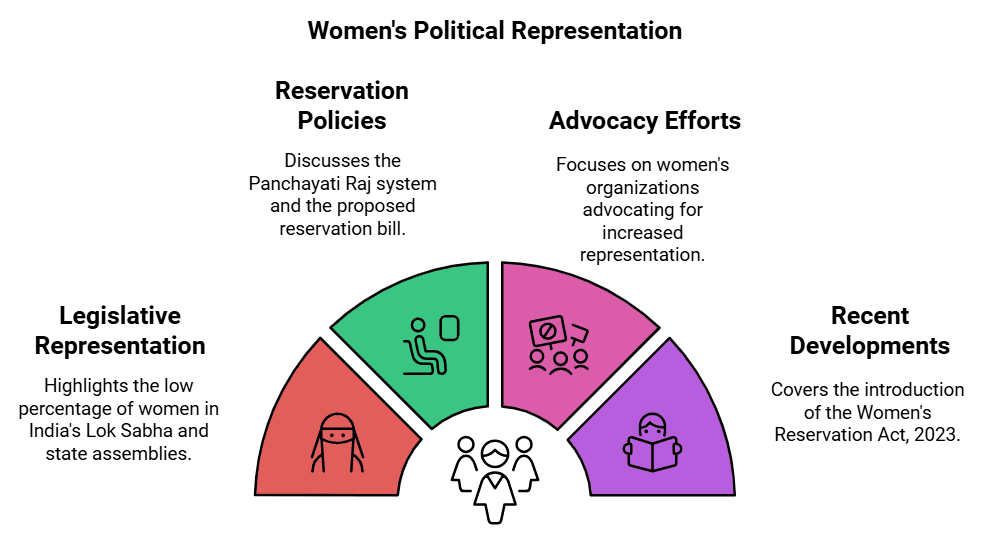
- The Panchayati Raj system in India reserves one-third of seats for women in local government bodies, resulting in over 1 million elected women representatives.
- Women's organizations advocate for a similar reservation of one-third of seats in the Lok Sabha and State Assemblies, but consensus among political parties is lacking.
- Gender division in politics highlights the importance of addressing social inequalities in the political sphere to benefit disadvantaged groups.
- Despite some progress, women’s representation in politics remains low. The Nari Shakti Vandan Adhiniyam (Women’s Reservation Act, 2023) has introduced a 33% reservation for women in the Lok Sabha, State Legislative Assemblies, and the Delhi Assembly.

Religion, Communalism, and Politics
- Religious divisions, unlike gender divides, are prevalent globally and can influence politics.
- Even within a single religious community, variations in religious practices can lead to significant differences, as observed in Northern Ireland.
- Gandhi emphasized the interconnection between religion and politics, suggesting that ethical principles derived from religion should guide political decisions.
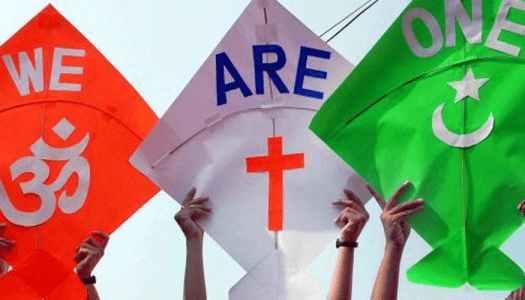 Religion and politics should never be mixed
Religion and politics should never be mixed
- Human rights organizations in India highlight that religious minorities often bear the brunt of communal violence, advocating for enhanced governmental protection.
- The women's movement argues that family laws across religions exhibit gender bias, calling for legislative reforms to ensure equality.
- These instances underscore the intricate relationship between religion and politics, emphasizing the significance of incorporating diverse religious values and principles in political discourse.
- Political authorities have a role in overseeing religious practices to prevent discrimination and ensure equal treatment of all religions.
Communalism
- The issue arises when religion is regarded as the foundation of a nation. The Problem becomes more acute when religion is politicized in an exclusive, biased manner, leading to conflicts between religious groups and the use of state power for one group's dominance. Communal politics involves using religion as the primary basis of social community, assuming that followers of the same religion form one community with identical interests, while those of different religions cannot belong to the same social group.

- In extreme cases, communalism leads to the belief that people of different religions cannot be equal citizens in one nation and must either dominate or form separate nations.
- This belief is flawed, as people of the same religion do not always share the same interests and identities, and attempts to unify them solely based on religion can suppress diverse voices within that community.
Forms of Communalism in Politics:
- Common expressions of communalism include everyday religious biases, stereotypes, and the belief in one's religion's superiority.
- Communal mindset often seeks political dominance for one's religious community, either through majoritarian supremacy or minority aspirations for a separate political entity.
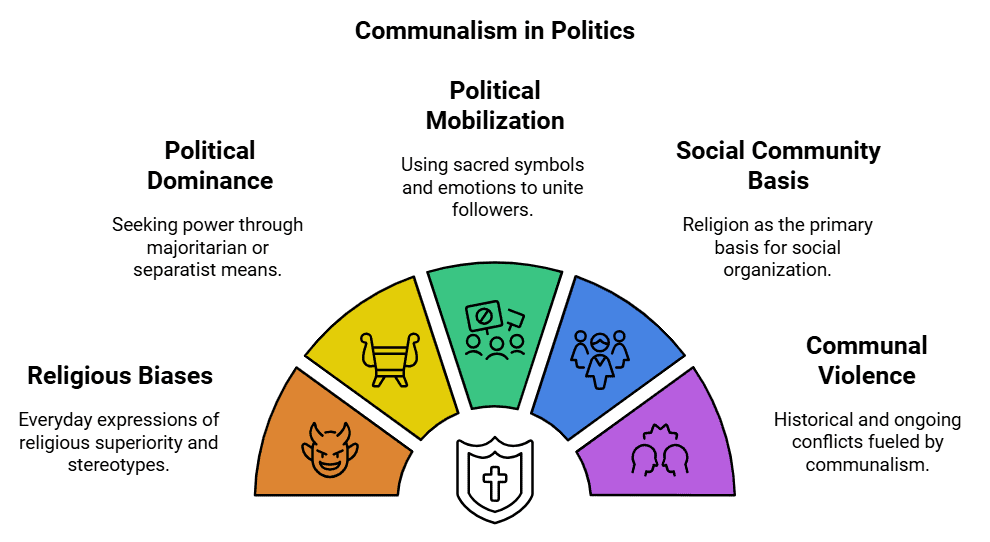
- Political mobilization on religious grounds involves leveraging sacred symbols, emotional appeals, and fear to unite followers of one religion in the political sphere, sometimes by appealing to the emotions or interests of voters from one religion over others.
- Communalism is the belief that religion should be the principal basis for social community. This often leads to divisions and conflicts, such as communal violence and riots, and can result in the misuse of state power to favor one religious group over others.
- Communalism can manifest in communal violence, riots, and massacres, as seen in the history of India and Pakistan during Partition and in post-independence communal conflicts.
Secular State
- Communalism poses a significant challenge to democracy in India.
- India’s Constitution does not recognize any official religion, ensuring equality and freedom of religion. Secularism is essential in combating communalism and maintaining national unity.
- The framers of the Indian Constitution were well aware of this challenge and thus opted for a secular state model.
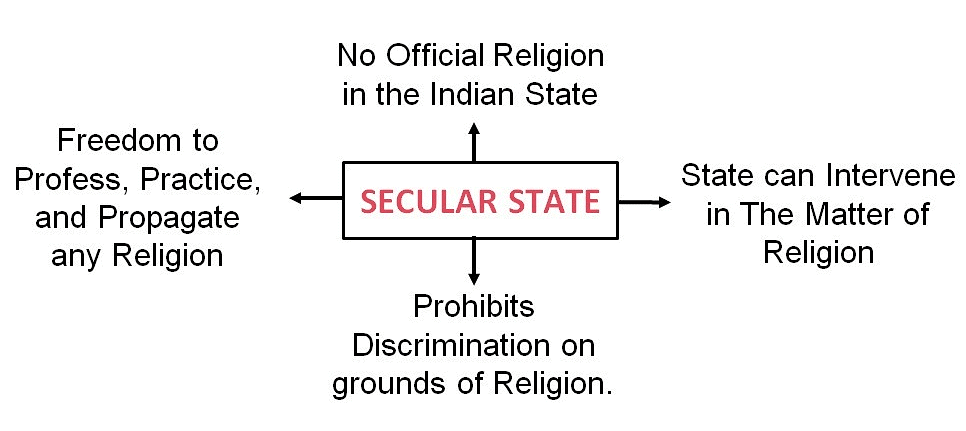
This decision is evident in various constitutional provisions:
- No official religion is designated for the Indian state, unlike the situations in Sri Lanka, Pakistan, and England.
- All individuals and communities have the freedom to follow any religion, including the choice not to follow any.
- The Constitution prohibits discrimination based on religion.
- While allowing state intervention in religious matters to ensure equality within religious communities, such as the prohibition of untouchability.
- Secularism, in this context, is not merely a concept of certain groups or individuals but stands as a foundational principle of the country.
- Communalism should not be viewed as a threat to specific individuals but rather as a threat to the very essence of India.
- Therefore, combating communalism is crucial to preserve the core values of the country.
- While a secular Constitution like India's is essential, it alone is insufficient to address communalism.
- It is imperative to actively counter communal prejudices and propaganda in everyday life and political spheres.
Caste and Politics
Two instances of social divisions in politics: one positive and one negative.
Caste and politics: both positive and negative aspects.
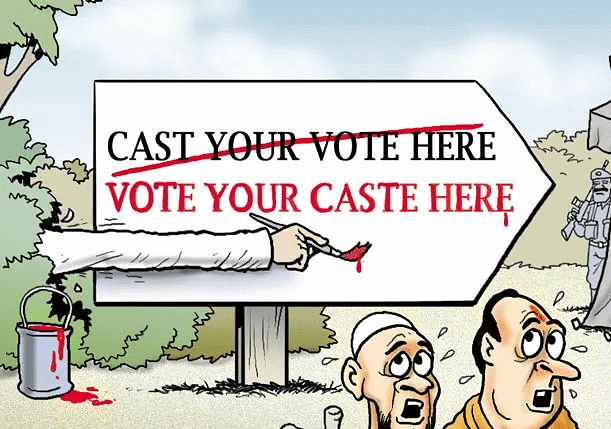
Caste Inequalities
- Caste division specific to India; all societies have social inequality and division of labor.
- Caste system: extreme form of hereditary occupational division sanctioned by rituals.
- Members of the same caste: practiced same occupation, married within caste, and did not interact with other caste groups.
- Caste continues to influence economic status. 'Upper' castes generally fare better economically, while Dalits, Adivasis, and other backward classes face greater economic challenges.
- Caste system based on exclusion and discrimination against 'outcaste' groups.
- Efforts by leaders and socio-economic changes have significantly impacted the caste system:
Economic and Social Changes: Urbanization, economic development, and literacy have weakened traditional caste hierarchies, though caste still plays a role in social and economic life.
Legal Protection: The Indian Constitution prohibits caste-based discrimination and seeks to address historical injustices.
Persistence of Caste: Despite legal measures, caste-based practices like marriage within caste and untouchability persist. Certain caste groups have advanced in education, while others continue to face disadvantages, with caste still influencing economic status.
Social and Religious Diversity of India
- The Census of India documents the religious affiliation of every Indian every decade.
- During the census process, the religion stated by each individual in a household is accurately recorded, including those who identify as having 'no religion' or as 'atheist'.
- This method provides dependable data on the distribution of various religious groups in the country and how it has evolved over time.
Population Proportion of Major Religious Communities
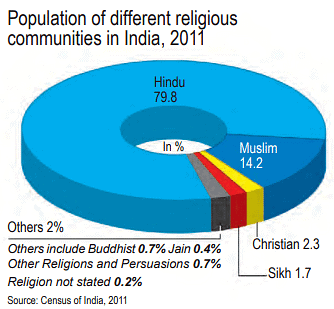
- A pie chart illustrates the population distribution of six major religious groups in India.
- While the total population of each community has grown significantly since Independence, their relative proportions have remained relatively stable.
- Since 1961, the percentage of Hindus, Jains, and Christians has seen a slight decrease, while the proportions of Muslims, Sikhs, and Buddhists have slightly increased.
- Contrary to common belief, expert projections suggest that the Muslim population is expected to rise by only 3 to 4 percent over the next 50 years, indicating that the overall demographic balance among religious communities is unlikely to undergo significant changes.
Significance of Scheduled Castes and Scheduled Tribes
- Social Group Classification: The Census of India divides people into two primary social categories: Scheduled Castes (SCs) and Scheduled Tribes (STs). These groups are listed in an official Schedule, with "Scheduled" referring to their specific classification.
- Scheduled Castes (Dalits): Historically, Dalits, or Scheduled Castes, were marginalized within the Hindu caste hierarchy, often facing exclusion, discrimination, and untouchability.
- Scheduled Tribes (Adivasis): Scheduled Tribes, or Adivasis, consist of isolated communities, primarily living in hills and forests, with limited contact with mainstream society.
- Population Statistics: In 2011, Scheduled Castes constituted 16.6% of India's population, while Scheduled Tribes made up 8.6%. Together with Other Backward Classes (OBCs), these groups represented about two-thirds of the total population and three-fourths of the Hindu population, according to the 2004-2005 National Sample Survey.
Caste in Politics
- Casteism, like communalism, is based on the belief that caste is the primary determinant of social community. Contrary to this belief, a shared caste does not imply that shared interests are exclusive to that caste. Caste identities influence political decisions, such as candidate selection and voter mobilization. Politics also influences caste identities, with new groups like 'backward' and 'forward' castes emerging in the political landscape.
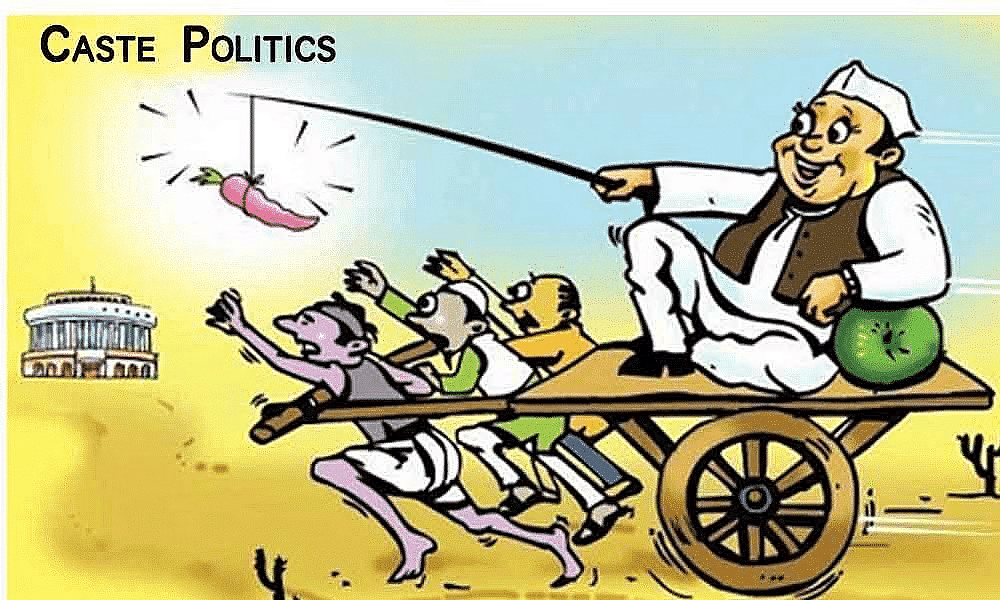
Forms of Caste in Politics
- Political parties consider caste demographics when selecting candidates for elections to garner necessary support.
- Governments aim for caste and tribal representation when forming cabinets.
- Appeals to caste sentiments are common during elections to secure support.
- Universal adult franchise necessitated political mobilization and raised awareness among previously marginalized castes.
Caste Influence in Elections
- Elections are not solely about caste; other factors influence voting patterns.
- No constituency has a single caste majority, requiring candidates to appeal to diverse groups.
- Parties do not win votes solely based on caste affiliations.
- The electorate's political allegiance often overrides caste considerations.
- Rich and poor or men and women within the same caste may vote differently based on various factors.
Caste Inequality Today
- Caste and Economic Disparities: Caste continues to impact access to resources, contributing to economic inequality.
Historical Inequality: 'Untouchable' castes were denied land and education, while 'twice-born' castes had privileges.
Changing Dynamics: Over time, the correlation between caste and economic status has evolved, with individuals from all castes now found across the economic spectrum, including affluent members from traditionally lower castes.
Research from the National Sample Survey underscores the enduring link between caste and economic status through various indicators:
- The economic well-being of different caste groups still mirrors the historical hierarchy, with the 'upper' castes enjoying the highest economic status, while Dalits and Adivasis are at the bottom, and backward classes fall in between.
- Although poverty affects individuals across all castes, extreme poverty rates (below the official poverty line) disproportionately impact the lower castes compared to the upper castes, with the backward classes positioned as intermediaries.
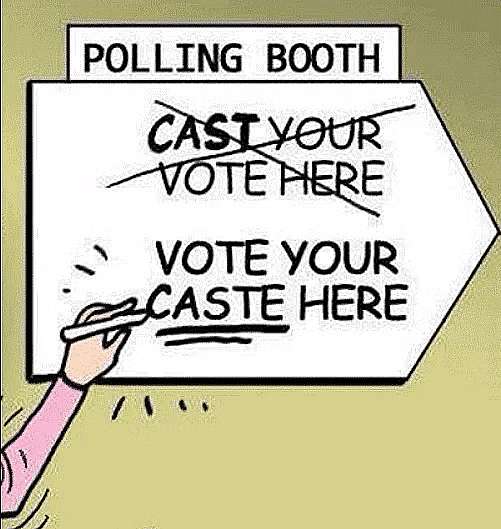
Politics in caste
- Mutual Influence: Caste influences politics, but politics also influences the caste system and caste identities by bringing them into the political arena, resulting in the politicization of caste rather than the caste-ridden nature of politics.
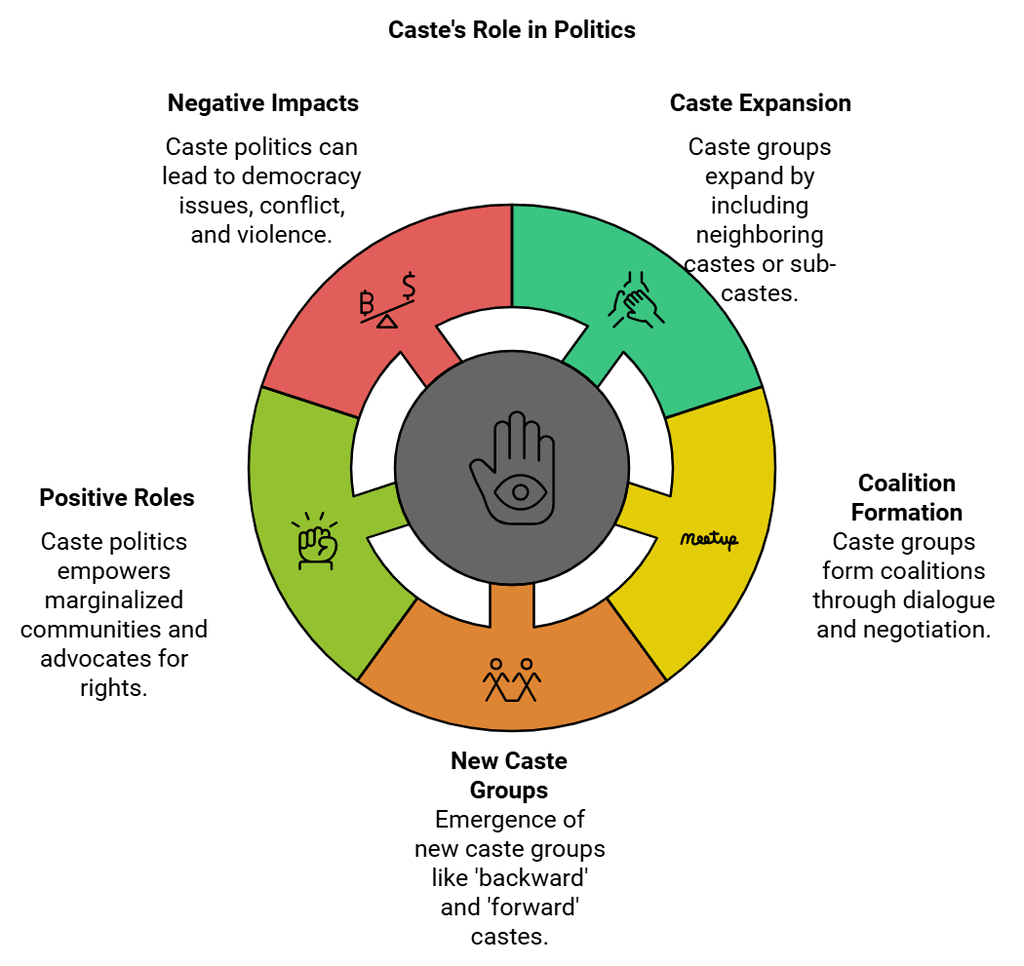
- Forms of Caste Politicization:
- Caste groups attempt to expand by including neighboring castes or sub-castes.
- Caste groups must form coalitions with other castes or communities, leading to dialogue and negotiation.
- New caste groups, such as 'backward' and 'forward' castes, have emerged in the political landscape. - Positive Roles of Caste in Politics:
- Caste-based politics provides disadvantaged communities, like Dalits and OBCs, a platform to demand a share of power.
- Caste politics has improved access to decision-making for marginalized groups.
- Political and non-political organizations have fought against caste discrimination, advocating for dignity, land, resources, and opportunities. - Negative Impacts of Caste in Politics:
- Overemphasis on caste identity in politics can be detrimental to democracy.
- It may shift focus from other crucial issues such as poverty, development, and corruption.
- Caste divisions can lead to tensions, conflict, and even violence.
|
66 videos|614 docs|79 tests
|
FAQs on Class 10 Civics Chapter 3 Notes - Gender, Religion and Caste
| 1. What is the role of gender in politics? |  |
| 2. How does religion affect politics in India? |  |
| 3. What is the relationship between caste and politics in India? |  |
| 4. How does caste inequality manifest in contemporary society? |  |
| 5. What measures can be taken to promote gender equality in politics? |  |





















